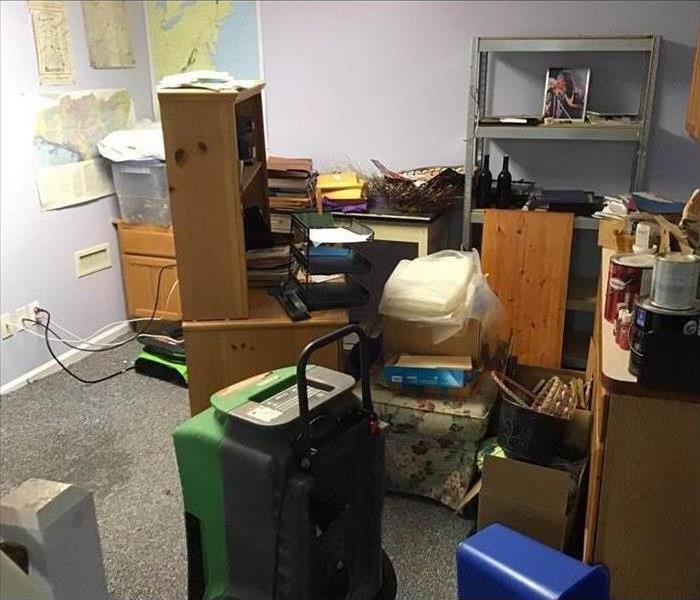Category 1 Water Does Not Mean Category 1 Water Damage
3/1/2022 (Permalink)
What Damage Can Water Category 1 Cause?
Any broken pipe or supply line in commercial buildings in Buckingham, PA, can lead to severe water damage. Experts in commercial restoration know that no two water damages are alike; a lot depends on the category of water involved. If you’re dealing with water damage due to category 1 water, you are exposed to sanitary water. Clean water does not pose a substantial risk to your health. What is category 1 water exactly, and what damage can it cause?
1. What Is Category 1 Water?
Category 1 water starts from a sanitary source. Examples of sanitary sources are faucets, toilet tanks, and drinking fountains. Water that falls into this category poses a minimal risk of exposure through inhalation, skin, or oral consumption. Nevertheless, be advised that this water can turn into unsanitary water based on time and temperature. Just because it’s category 1 water doesn’t mean that it cannot cause extensive damage. Clean water can cause four types of water damage.
2. What Are the Main Types of Water Damage?
Class 1 is the easiest to deal with as only small amounts of water are involved. Absorption and evaporation are minimal issues. The damage is limited to one room or one specific area. Carpet is only slightly or not affected at all, and only materials with low porosity have absorbed water.
Class 2 damage is characterized by larger amounts of water and a higher evaporation rate. At least all the carpet in a room is affected and walls are soaked in water up to 24 inches. The structure and substructure have absorbed moisture.
Class 3 water damage means that enough water has filled the area to be evaporated into or absorbed by everything in the room. It’s not uncommon that the water comes from overhead. Walls, insulation, ceilings, carpets, and sub-floors are saturated.
Specialty drying situations fall into class 4. Enough time has passed for water to affect materials with low porosity, including brick and concrete.
Clean water might be sanitary but it can be responsible for extensive damage. As soon as you notice a broken pipe or supply line, it’s important to take action.





 24/7 Emergency Service
24/7 Emergency Service
